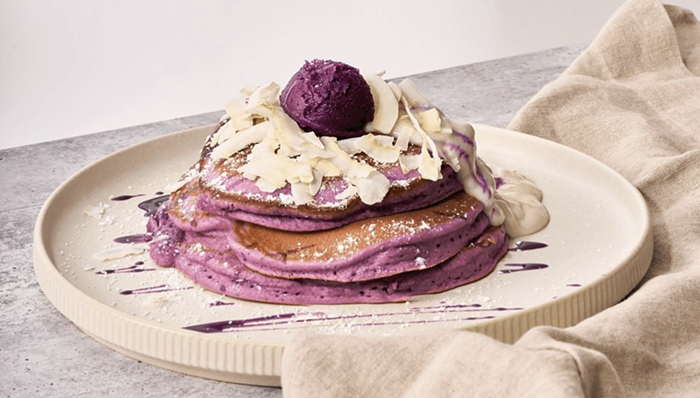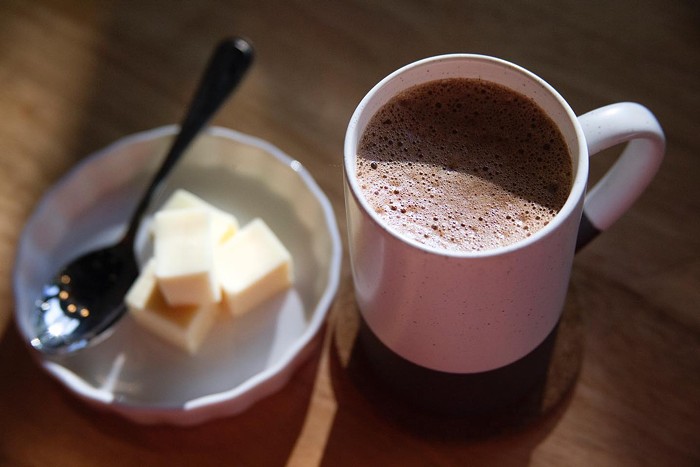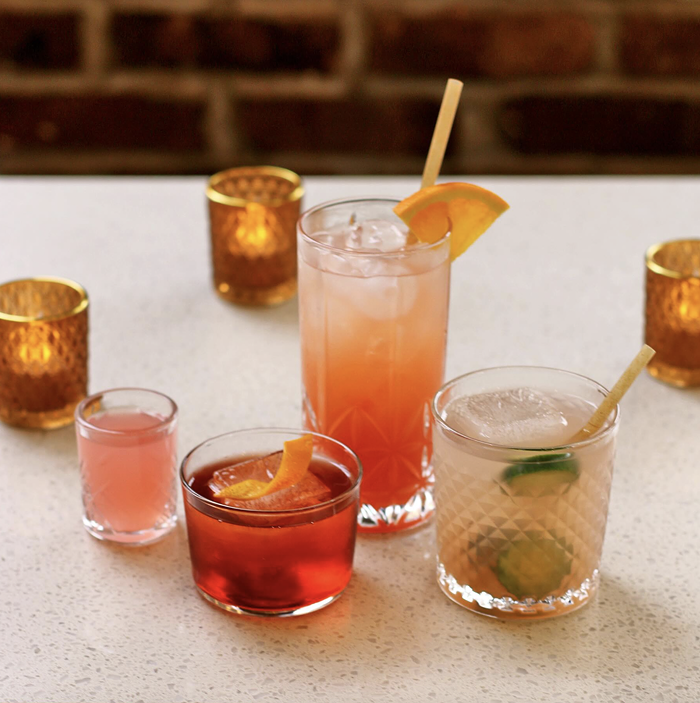After years of lurking outside Market House Meats at two in the morning, wistfully eyeing the large hand-painted "Corned Beef" sign, belly full of beer thoroughly jostled from an evening on Re-bar's dance floor, I paid a daytime visit. A butcher with the singleness of vision inherent to Market House's corned beef is rare in this era of four-square-block Fred Meyers, where one can pick up a playpen, a six-pack, and a document shredder in one stop.
As the bygone feel of the sign suggests, Jack (Prince of Corned Beef) Akrish's family has been brining brisket since 1948 in the very same building. Inside, a few old Lucky Strike and Black Jack chewing gum display cases are the vestiges of the old Safeway grocery--the first in Seattle--that inhabited the space before corned beef took over. As I took in the bone cutter, industrial meat scale complete with hook, and ancient cash register, Jack's wife, Jin, patiently explained to me that I would have to take their corned beef ($3.99/lb.) home and cook it for four hours, although they did have kippered steak ($9) available for immediate consumption. The only other product available, besides the small selection of pickles, prepared horseradish, sauerkraut, and single cans of Coke, is pastrami, corned beef's dry-cured, smoked cousin ($3.99/lb.).
I followed Jin to the back room, where spotless stainless-steel sinks and counters gleamed. The entire shop is rather chilly, and I understood why when I spotted several barrels, each holding up to 200 pounds of meat in the family-recipe brine. Jin procured a meat hook and fished out a slab of beef breast (otherwise known as brisket), bright rosy red and encrusted with cloves, fennel, and peppercorns on one side, white with fat on the other. Corned beef gets its name from the whole grains of salt, known in England as "corn," traditionally used to cure beef. In the centuries before refrigeration, meat was often soaked in a strong brine (a solution of water and salt) to inhibit microbial growth.
I must admit to feeling a little afraid of the giant hunk of meat Jin sent home with me. Like Escoffier, the Akrishes believe their choice brisket should be carefully braised; they recommend slowly cooking it in a little water (mixed with Coca-Cola to help tenderize the meat) in a covered roaster at 300 degrees for three hours. Unlike Escoffier, I did not know what I was doing. After enduring the mouth-watering aroma that filled my kitchen for four hours, I finally sat down to my corned beef and cabbage dinner at around 11:30 p.m. and proceeded to wolf down a pound of this delectable, moist, and flavorful beef before I realized I had forgotten to trim the fat. Fat is important for slow-cooking, lubricating the meat fibers by slipping in among the cells, which keeps a cut tender. But, since salt tends to dry out meat by drawing fluids from the tissues, and frees bound water by denaturing the proteins, cured meat contains less water and more fat than uncured.
The corned beef hangover I am currently suffering from has only increased my respect for the Akrishes' expertise. While I may wish every day for thick slices of corned beef laid over dark rye bread, topped with crisp sauerkraut and some of that secret Reuben sauce, there are good reasons why this dish is traditionally a special holiday affair. Besides being heavy and requiring lengthy preparation (the Akrishes brine theirs for two weeks), there are historical reasons for corned beef's cameo on St. Patrick's Day: English colonization of Ireland in the 17th century decimated most of the cattle. The subsequent reign of the potato, stuffing each Irish citizen with an average of six and a half pounds of potato per day, claimed most potential grazing lands. Needless to say, beef was scarce. While many pubs will be serving corned beef and cabbage in honor of St. Patty, you can try Market House's deluxe product year round at the Owl 'n' Thistle, Four Seasons, and 13 Coins restaurants, to name a few of MHM's longtime customers. ![]()


















